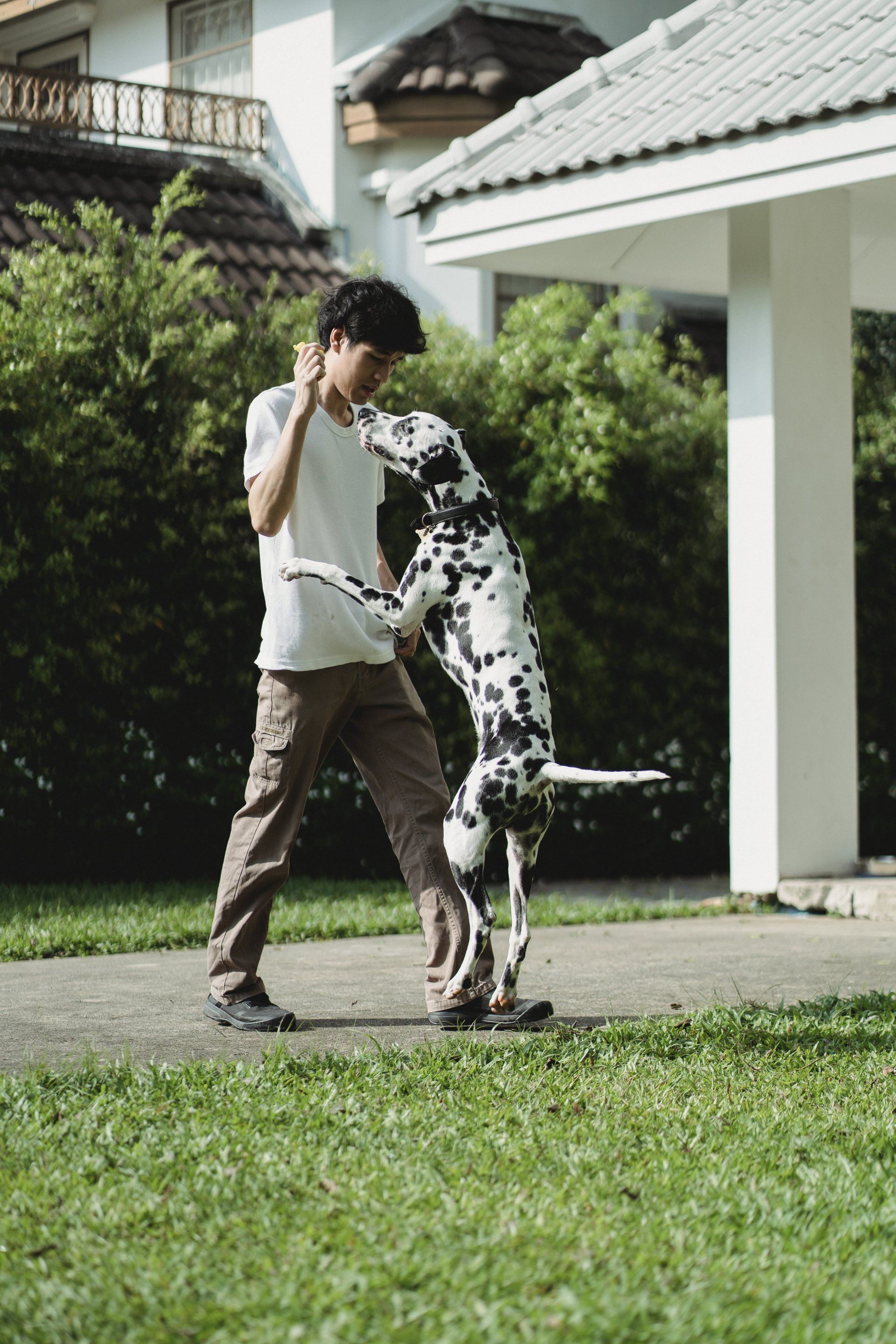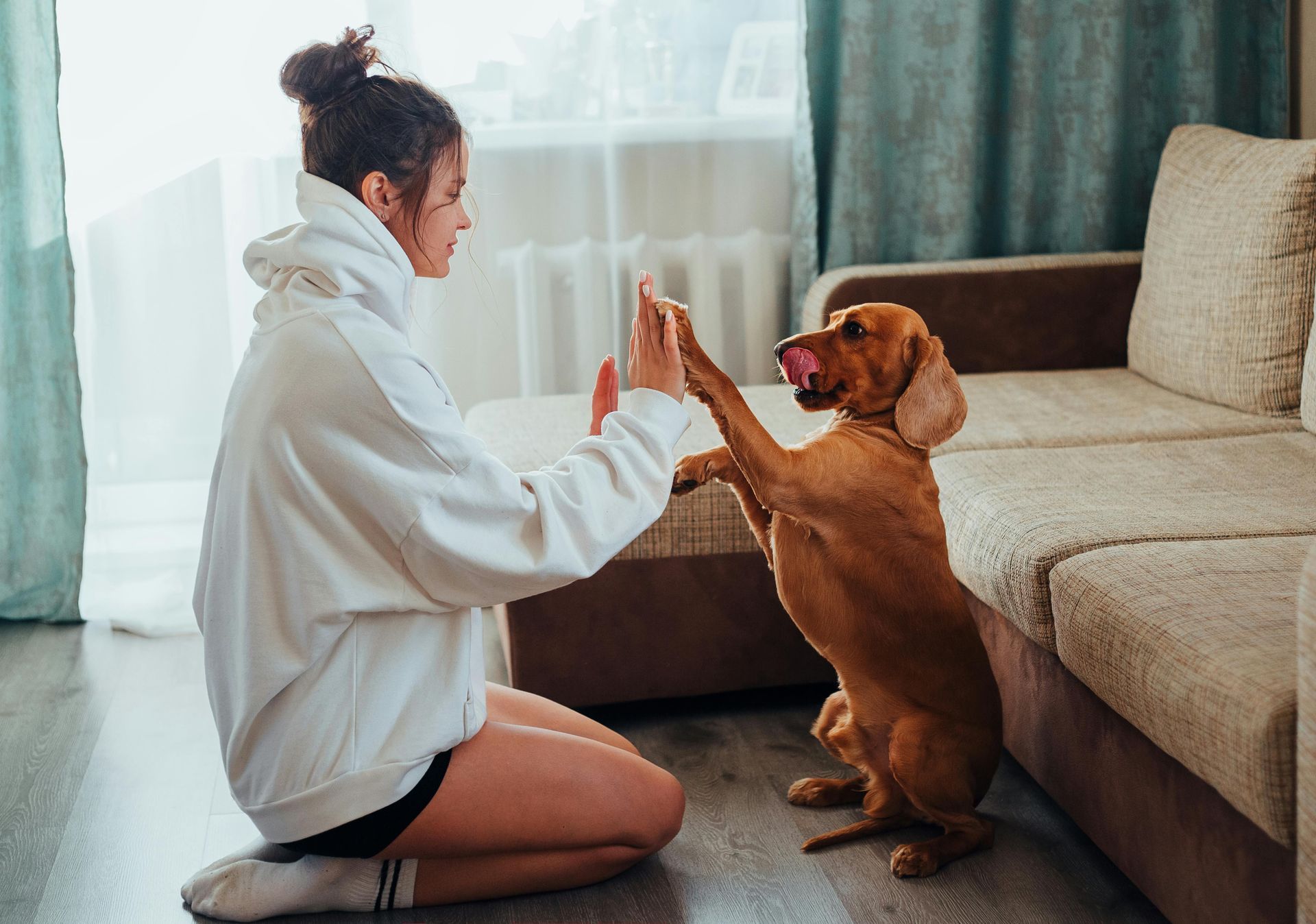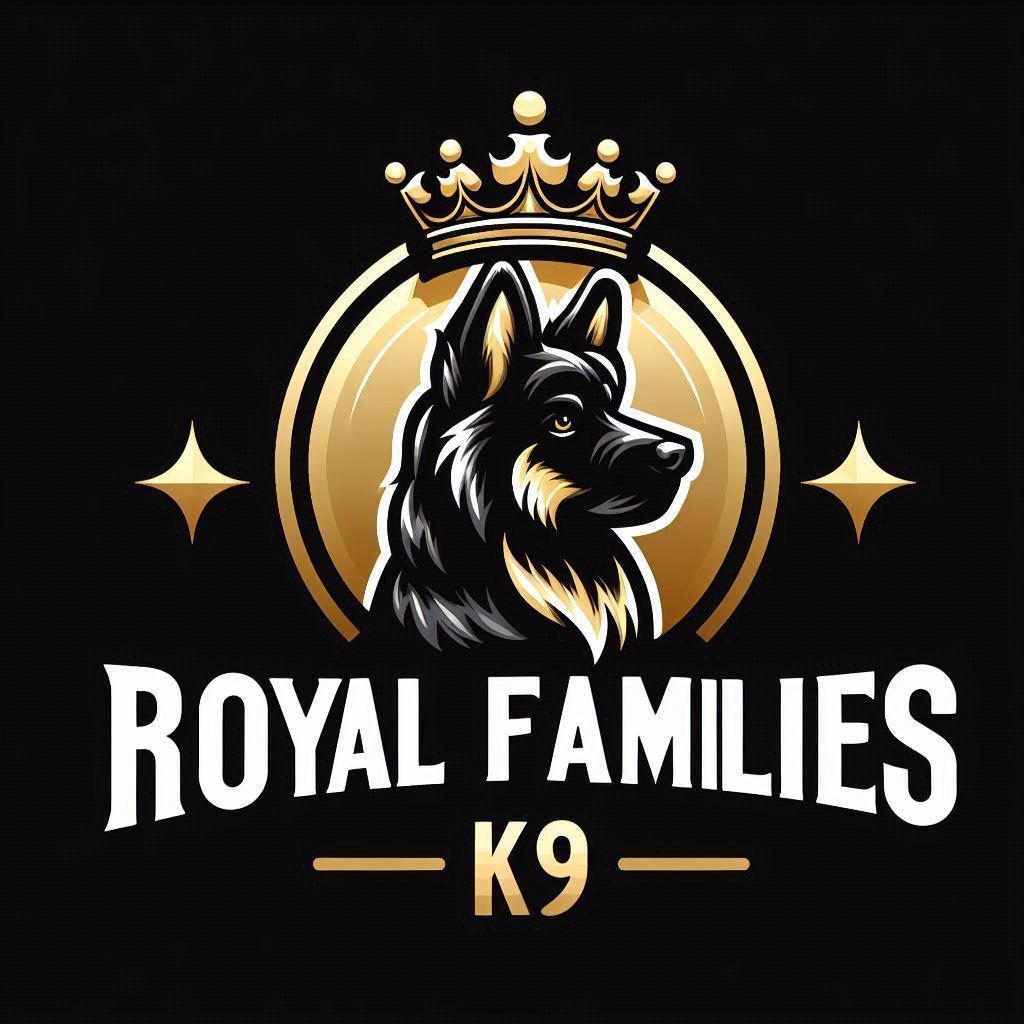Royal Library
Stop Rewarding Bad Behavior

When the doorbell rings, many dogs start barking, leading to owners shouting at their dogs, but the barking continues. Or, they don't bark but jump all over your guest. Does this sound familiar? Don't worry, you're not alone.
Barking and jumping is often reinforced by past experiences among other behaviors. Any behavior that's rewarded, even unintentionally, is likely to be repeated. For example, if you shout at your dog when it barks at the doorbell, your dog may see this as a fun, rewarding game. Or, if they jump on you and you push them down and you two repeat this cycle for a few seconds, your dog can view this as a game. It's essential to understand and manage what behaviors we reinforce.
Reinforcement Methods
What is Reinforcement?
Reinforcement in dog training involves using rewards to increase the likelihood of a desired behavior being repeated. This psychological principle applies to both positive and negative reinforcements:
- Positive Reinforcement: Reward desired behaviors with treats, praise, or play.
- Negative Reinforcement: Remove something unpleasant to reinforce the desired behavior.
A behavior's reinforcement history plays a crucial role in whether it gets repeated. If any behavior has been reinforced in the past, it will continue. Therefore, redefining reinforcement can change this pattern. Practice reinforcing desirable behaviors, like sitting quietly when the doorbell rings or guest enter the house to get a different outcome.
Identify and Stop Unwanted Behavior
1. Recognize Triggers: Notice what prompts your dog's unwanted behaviors, like barking when the doorbell rings or jumping.
2. Replace Behavior: Train an alternative behavior, like sitting quietly when the doorbell rings.
3. Consistent Rewards: Reward the new behavior consistently to build a new reinforcement history and discourage old habits.
4. Stay Calm: Approach training with a calm demeanor to avoid adding stress.
5. Use Clear Commands: Be consistent with commands and promptly reward good behavior to reinforce what you want.
6. Avoid Mixed Signals: Ensure everyone follows the same training methods to prevent confusion for your dog..
By focusing on alternative behaviors and consistent training, you can help your dog develop better habits. 🐾



